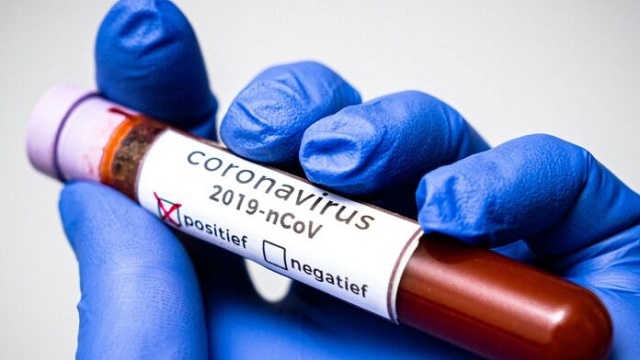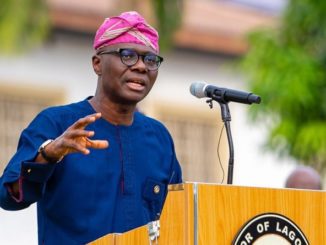
The number of confirmed cases and the number of deaths from the COVID-19 pandemic in Nigeria have been on the increase since the gradual lifting of the lockdown commenced.
Prior to the 1st phase of the lifting of the lockdown on the 4th of May 2020, the number of confirmed cases nationwide had almost doubled, and Nigeria was already recording the triple-digit number of cases daily.
The worrisome trend has continued and despite the increase, the Federal Government, on June 29, 2020, announced the 2nd phase of the relaxation exercise.
The World Health Organisation, WHO, specifically recommends laboratory testing as one of the major steps to contain the coronavirus in the communities.
According to the WHO, laboratory testing will help countries to identify positive persons, isolate and treat them accordingly. Sadly, Nigeria is still testing below capacity.
As of the 28th of June, 2020, Nigeria had only tested a total of 132,304 samples in a population of over 200 million.
Critical health watchers have repeatedly expressed concern over this level of testing which they tagged grossly inadequate, compared to the country’s population.
Worse still, the steady rise in the number of confirmed COVID-19 cases has not translated into Nigeria attaining the peak of the pandemic.
With so much denial, disbelief, and conspiracy theories surrounding the pandemic, many Nigerians not convinced that the Federal and State governments can keep track of confirmed cases, particularly with Monday’s announcement of the partial reopening of interstate travels.
Currently, many states in the country are struggling with the number of confirmed cases that they have. Lagos in particular, with more than 10,000 cases, is struggling.
It is no longer news that many facilities and even the few available medical health workers are overwhelmed.
The trend of COVID-19 cases in Nigeria
Before the lockdown, according to the daily situation report by the Nigeria Centre for Disease Control, NCDC, as of 30th of March 2020, Nigeria recorded a total of 131 confirmed cases and Lagos then had 81 cases with only two deaths recorded in the FCT, Abuja.
By the end of the 1st phase of the lockdown on 27th April 2020, a total of 12,004 tests had been done, while 1,337 confirmed cases with 40 deaths recorded.
At this time Lagos recorded a total of 764 cases with 19 deaths. By the time the President announced the 1st lifting of the lockdown, precisely on the 4th of May, 2020, Nigeria had recorded 2,802 cases with 93 deaths from a total of 19,512 samples tested.
By the 1st of June, 2020, when the 2nd phase of the lifting took off, a total of 10,578 cases were confirmed, with 299 deaths, from a total of 65,885 samples tested.
By the 29th of June 2020, when the Presidential Task Force on COVID-19 announced the partial extension of the 2nd phase of the lifting, Nigeria had recorded a total of 24,567 confirmed cases, with a total of 565 deaths out of which Lagos accounted for 10,144 cases with 126 deaths.
From findings, the number of confirmed COVID-19 cases in the country grew by 1,837 per cent between the end of the 1st phase of the lockdown up till the 28th of June 2020.
However, the main concern of most Nigerians is that lifting the lockdown at a time when the number of cases is rising significantly, comes with high risk. Concerns are being raised about the health facilities becoming completely overwhelmed.
Already, the Nigerian Medical Association, NMA, and the Association of Medical Laboratory Scientists of Nigeria, AMLSN, have since raised an alarm that the full lifting of the lockdown, restrictions may lead to increase in the number of confirmed cases and deaths, further jeopardising Nigeria’s chances of containing the pandemic in good time.



